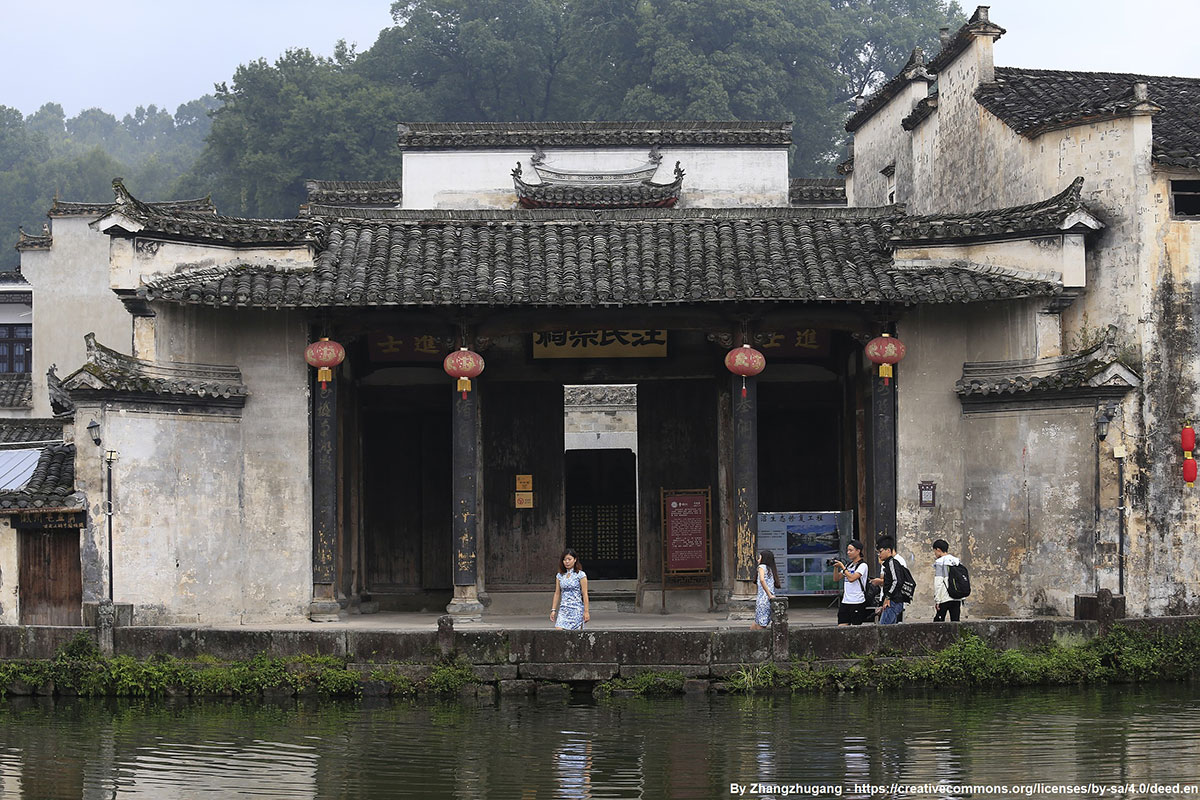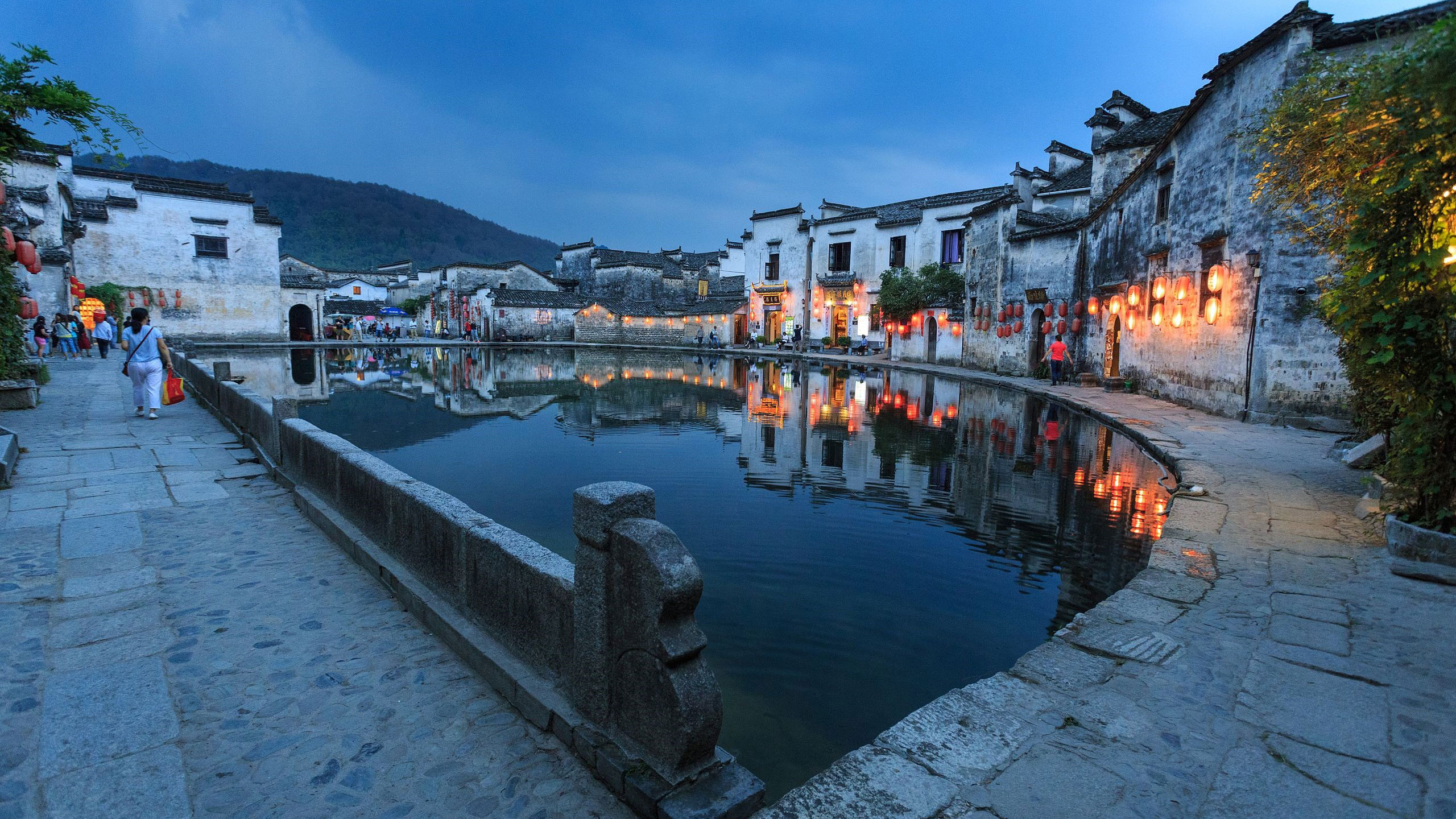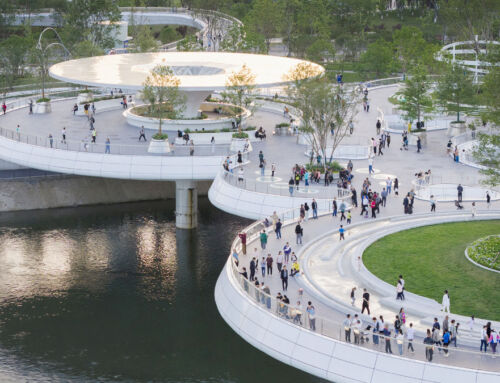When, at the end of the Song dynasty (960-1279), the capital of the imperial court was moved to the southern city of Lin’an (present-day Hangzhou) in Zhejiang province, Huizhou merchants found themselves in a unique position to conduct business. Their residence near the imperial capital allowed them to easily transport their goods, whether by road or river, and to trade in the fledgling markets that distributed goods to all corners of the empire. According to historical records, Huizhou merchants traded in tea, salt, paper, ink, silk, cloth, wood, paint and ceramics. From that time on, they began to grow richer and during the Ming Dynasty (1368-1664), when they reached a period of splendour, they returned to their hometowns with great fortunes.
Many of these former merchants were well-educated businessmen, who cultivated relationships with the scholars of the day, often educated themselves. A good number even became officials at the court of the empire. So, when they returned to their places of origin in Anhui, in addition to their residences, they devoted part of their fortune to the construction of gardens, academies, honorary halls for their families, temples and memorials. The architecture of all these buildings shared a local style that the craftsmen, carvers, architects and other professionals mastered and knew by tradition. Thus was born in the southern Anhui Province, in the historic Huizhou Prefecture (not to be confused with the city-prefecture of the same name in Canton Province further south), and in parts of neighbouring Zhejiang and Jiangxi, one of the main architectural styles of antiquity in China, Hui architecture.
Brick, wood and stone are the raw materials of the Hui style; on the exterior of the residences, white walls with crowns, roofs and black stone elements offer a sober, simple and elegant design; inside, the building is arranged around a central courtyard that serves for lighting and ventilation of the rooms, as well as water collection; large wooden beams, often painted, slightly arched in what is commonly known as the “Chinese watermelon beam”, act as a load-bearing structure, both in the courtyard and in the usual two storeys and rooms.

A distinctive element of Hui residential architecture is the vertical extension of the outer canvases beyond the gable roofs. At the ends, this extension forms the crowns known as “horse-head” (matouqiang), characteristic of the Hui style. This particular method of construction, with the walls overhanging the buildings, was taken as a fire barrier to prevent fires from spreading through the wooden roofs. At the same time, they served very well as protection against wind and rain.
In Hui architecture, traditional craftsmen used three types of carving to give elegance and solemnity to the building: brick carving, wood carving and stone carving. Brick carving was used for doorways, door frames and lintels, eaves and roofs. Wood carving, on the other hand, was carried out on beams, windows and doors. Meanwhile, stone carving was mainly used to decorate columns, walls and arches. The decorative motifs are numerous, ranging from human figures, landscapes, flowers, animals and fish, to folkloric characters, characters from famous operas, scenes from folk tales, myths and legends, or scenes from everyday life such as fishing, agriculture, feasting, travelling and dancing.

Finally, it is worth mentioning the symbolism of Hui architecture. For example, water is a symbol of wealth in China, so it is no coincidence that the roofs collect rainwater in the central courtyard of the house. This is intended to encourage fortune to “run off” into the interior, or, as a Chinese expression has it, “water flows back into the house from all four sides”. Hui architecture also reflects a symbolism related to the geomancy that originated in Taoism, or feng shui. Therefore, it is said that Huizhou merchants used compasses (a 2nd century Chinese invention, by the way) to carefully select the building site of their residence, as well as its orientation and layout. This ensured that they lived in harmony with nature.
If you are travelling to China and want to see Hui architecture, the village of Xidi in Yixian County is an ideal place to visit. It is one of the many ancient villages in Anhui collectively listed as a UNESCO World Cultural Heritage Site.

Sources: China Today, China Educational Tours, Asia Cultural Travel, China Daily, Wikipedia. Images: UNESCO and Wikipedia.






